Report: Solving Language Barriers in a US Training Company
VerifiedAdded on 2023/06/15
|7
|1411
|412
Report
AI Summary
This report addresses the problem of language barriers within a US-based training company, where non-native English speakers struggle with training materials and company correspondence. The report analyzes the root causes, including the diversity of native language speakers and the use of jargon, and proposes several solutions. These include using both telling and showing methods of training, providing English language training for both non-native and native speakers, utilizing visual communication methods, assessing employee understanding through demonstrations, and translating relevant documents. The report evaluates these options and emphasizes the importance of making a well-informed decision to ensure effective implementation and improve communication within the organization. The ultimate goal is to foster a more inclusive and productive work environment by overcoming language-related challenges. Desklib provides more solved assignments and past papers for students.
1 out of 7
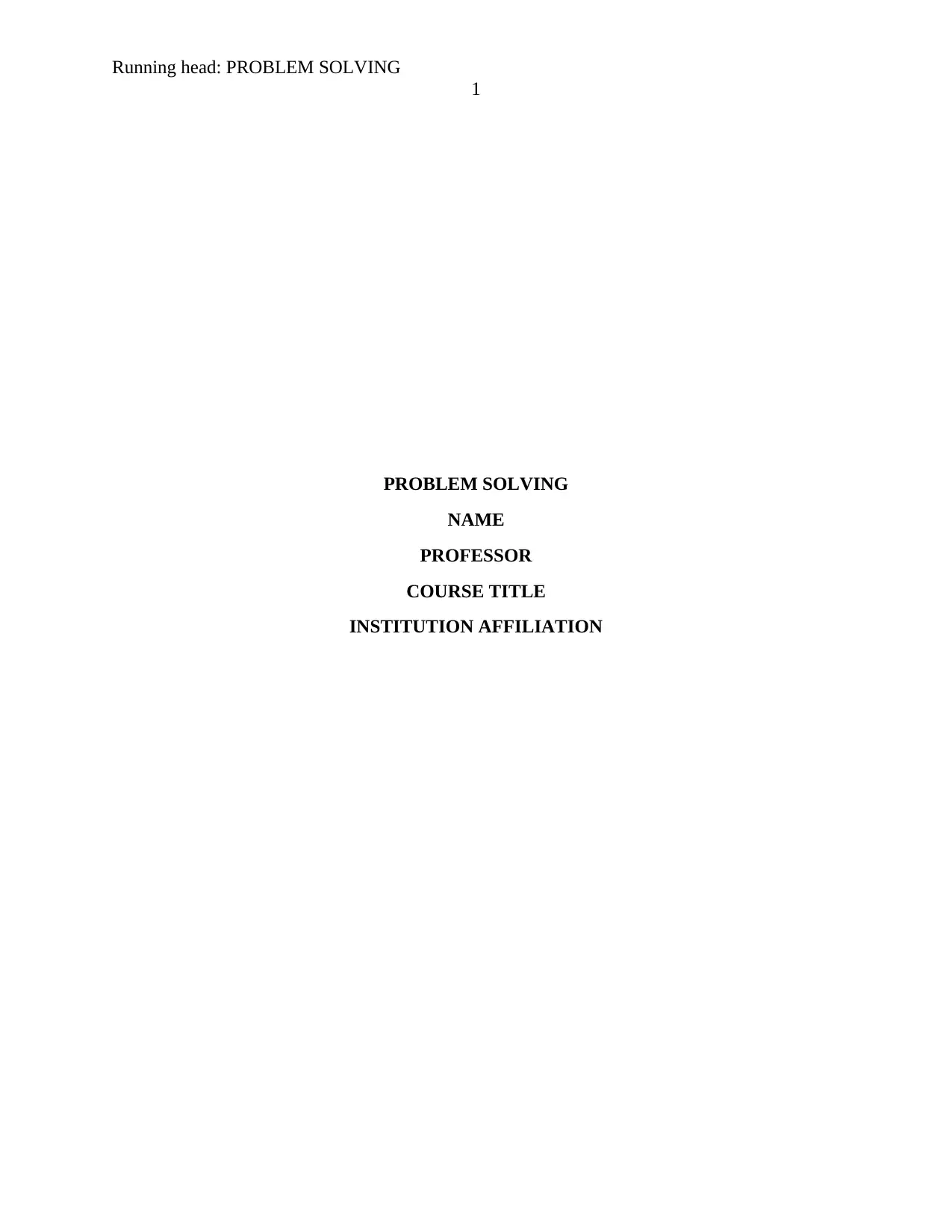
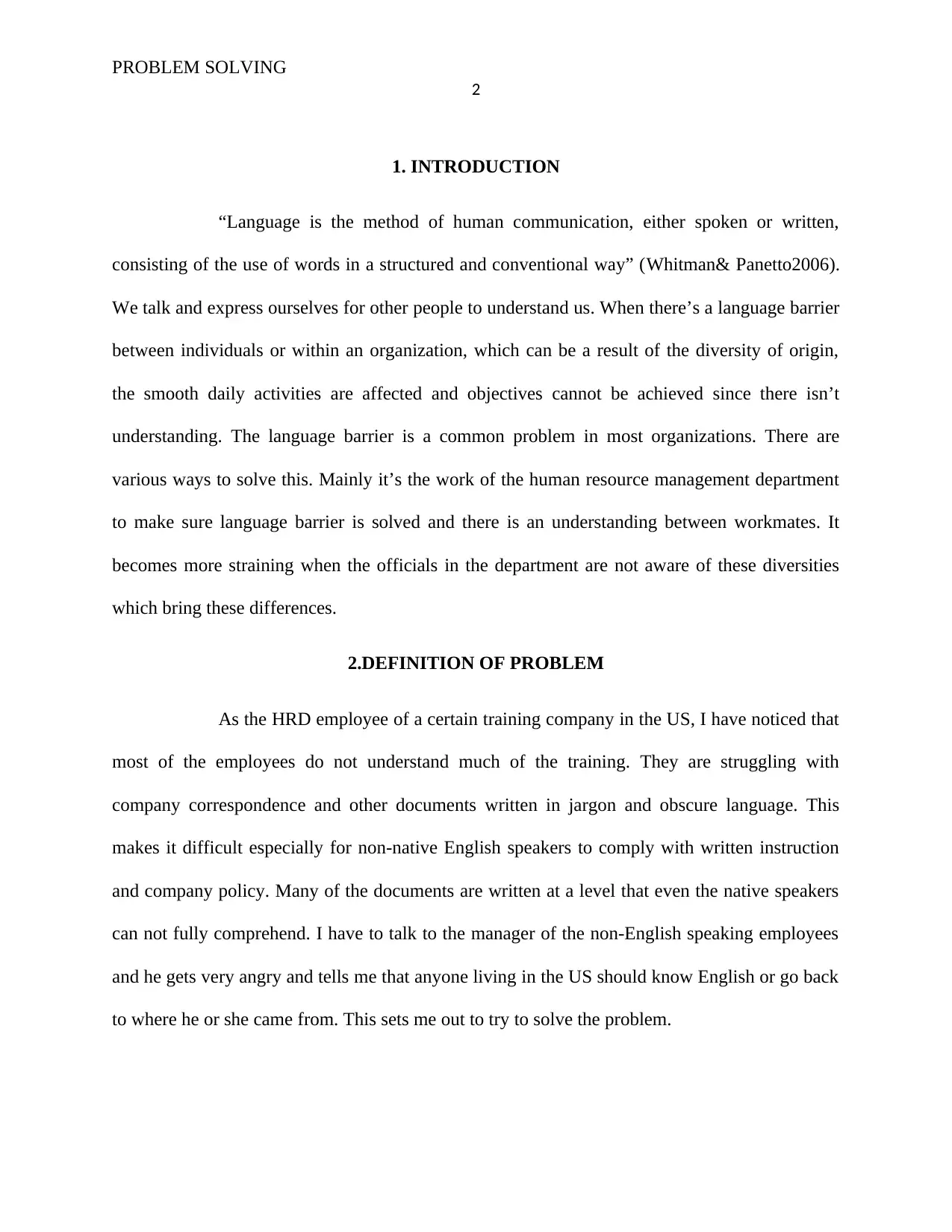
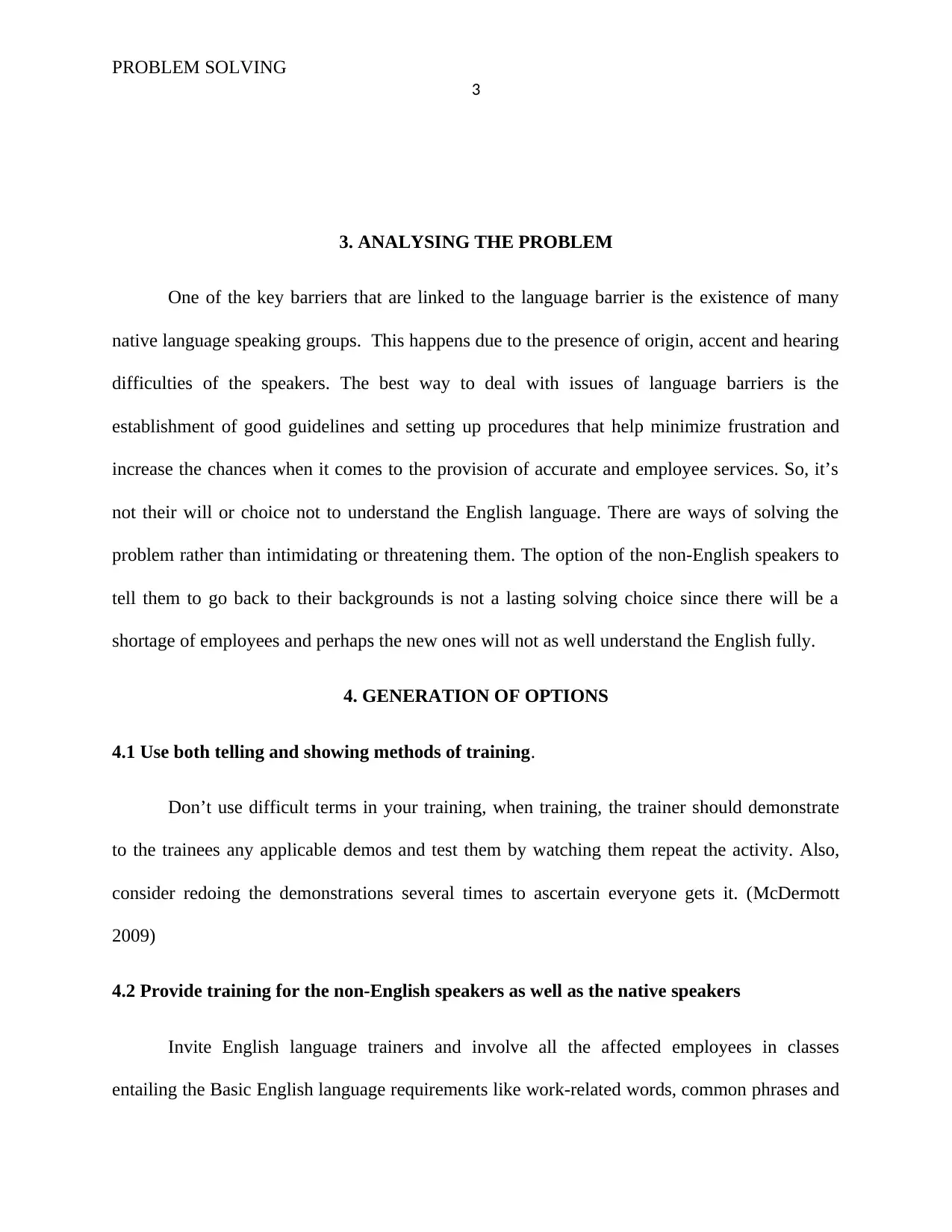
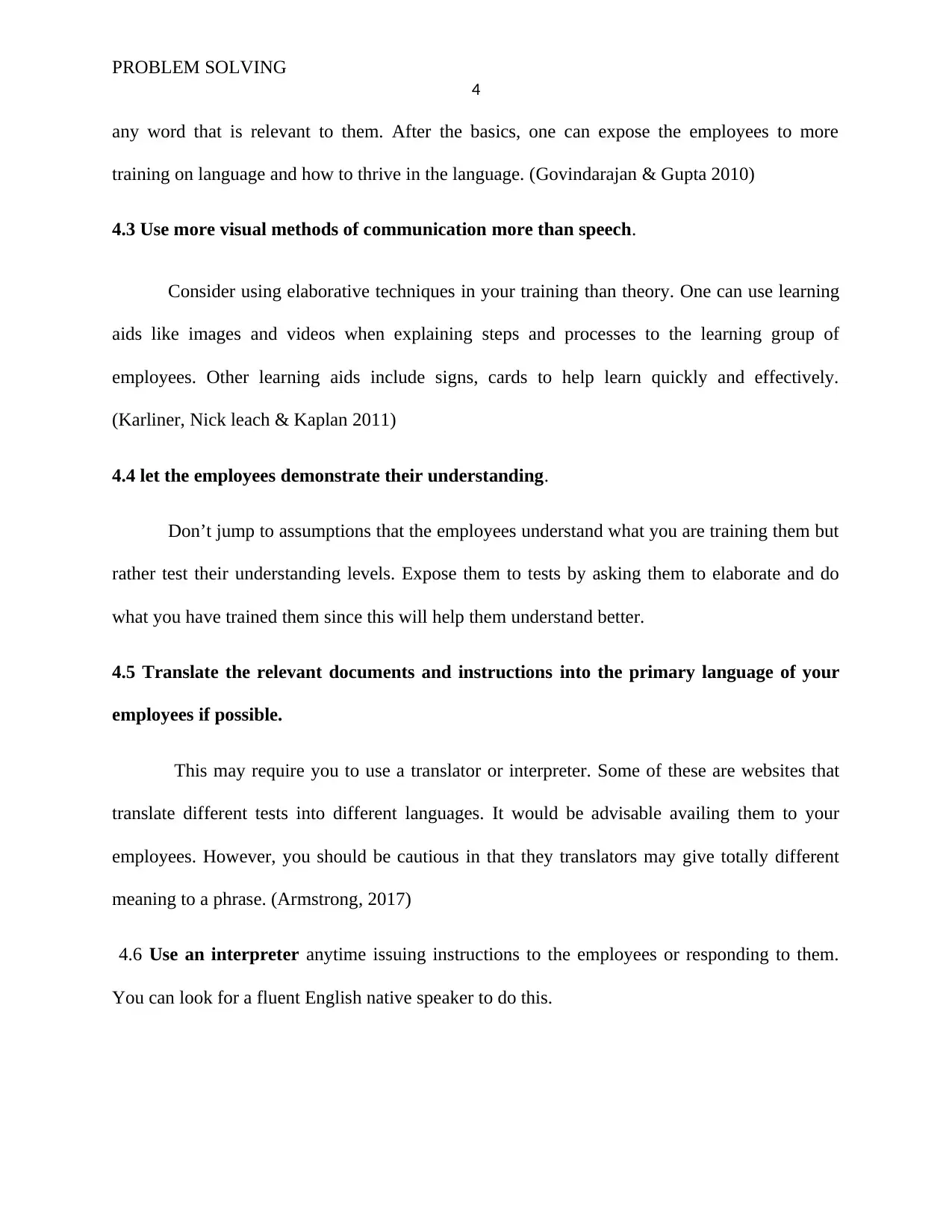
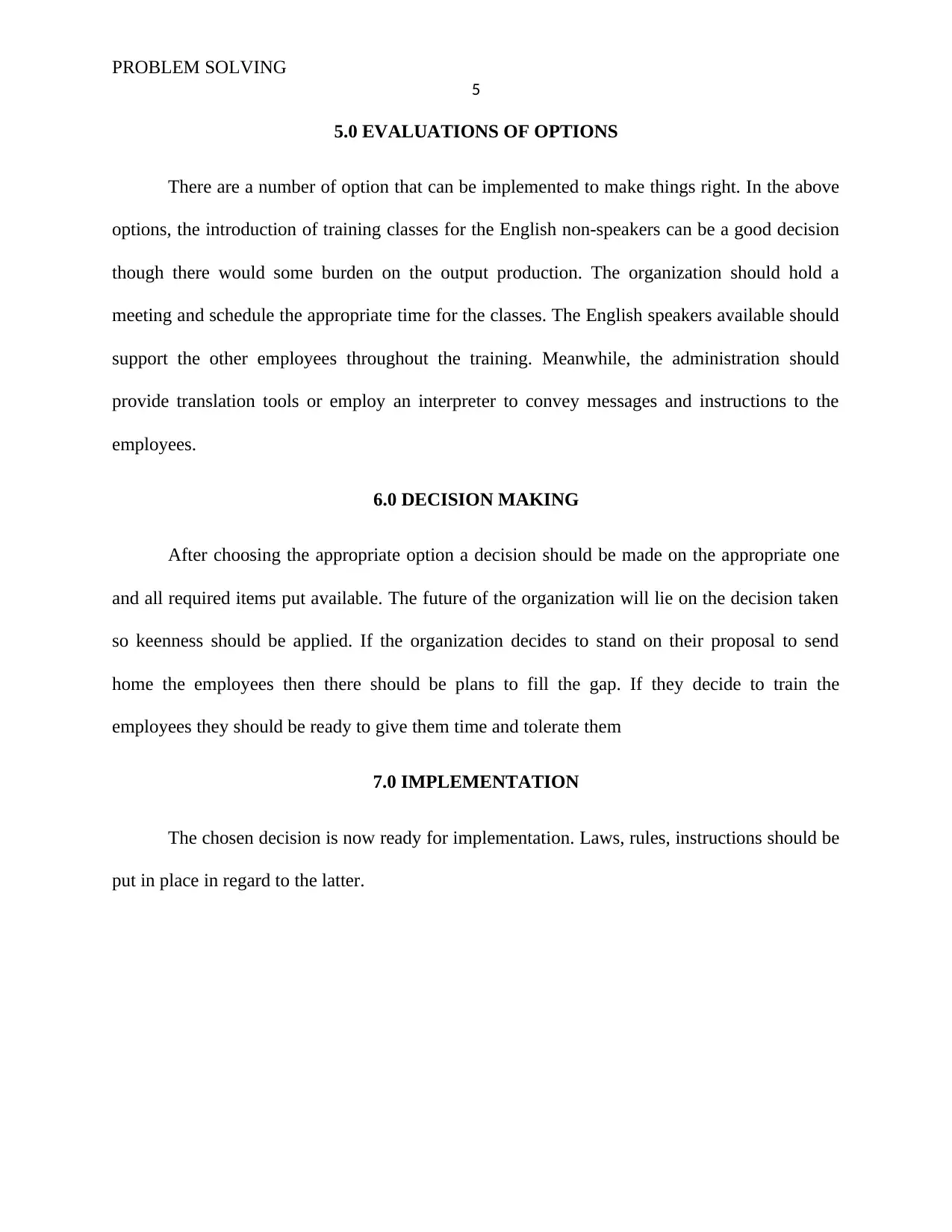

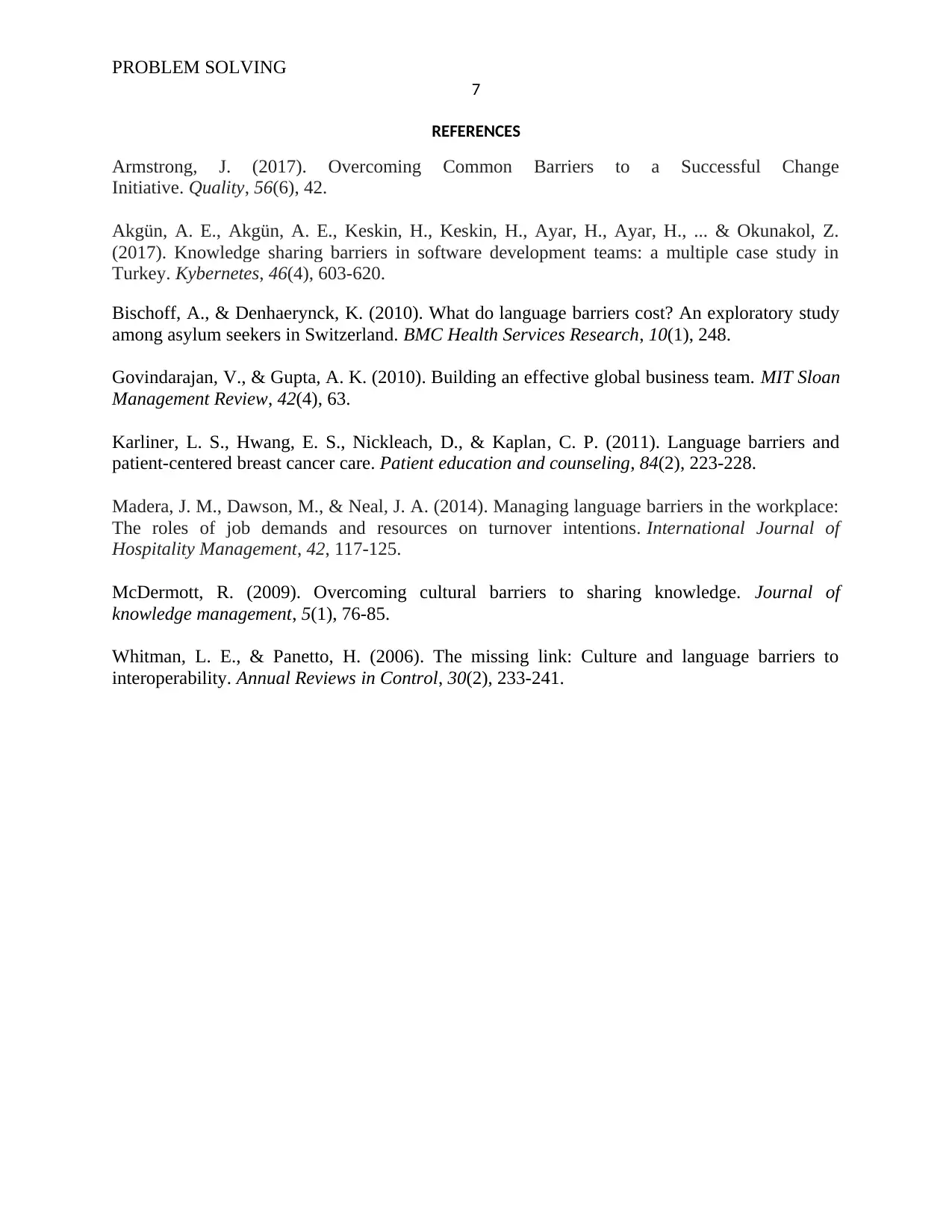






![[object Object]](/_next/static/media/star-bottom.7253800d.svg)